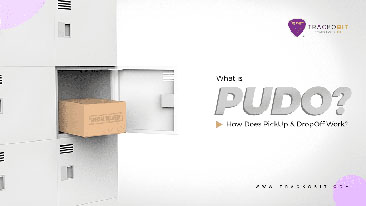-
TrackoBit
Manage commercial vehicles with the new-age Fleet Management Software
TrackoBit -
TrackoField
Streamline your scattered workforce with Field Force Management Software
TrackoField -
Features Resources
-
Blog
Carefully curated articles to update you on industrial trends. -
White Paper
Insightful papers and analysis on essential subject matters. -
Glossary
Explore an alphabetical list of relevant industry terms. -
What’s New
Get TrackoBit & TrackoField monthly updates here. -
Case Study
Explore the cases we solved with our diverse solutions. -
Comparisons
Compare platforms, features, and pricing to find your best fit.
-
About Us
Get to know TrackoBit: our team, ethos, values, and vision. -
Careers
Join the most dynamic cult of coders, creatives and changemakers. -
Tech Support
Learn about our technical support team and services in detail. -
Events
Check out the exhibitions where we left our marks and conquered. -
Contact Us
Connect with us and let us know how we can be of service.
BTL Activation Risk Audit: 20 Questions to Ask Before Every Campaign
- Author:Tithi Agarwal
- Read Time:7 min
- Published:
- Last Update: September 17, 2025
Table of Contents
Toggle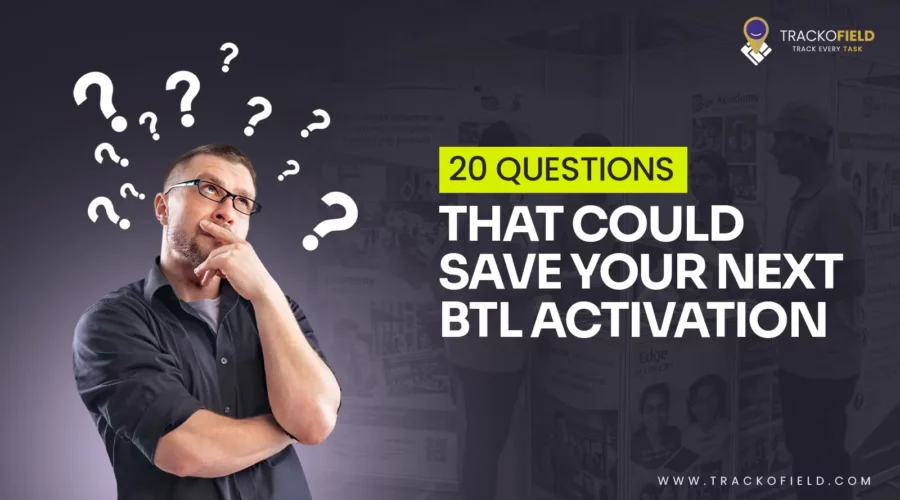
A 20-question audit to help you de-risk, optimise, and execute BTL activation with confidence, clarity, and real-time control.
Table of Contents
Toggle
BTL activations are exciting — fast-paced, creative, and full of potential. But they’re also chaotic.
One no-show. One missed task. One fake PoP — and the whole thing starts to wobble.
Let’s be honest: Most campaign issues don’t happen in the field. They happen before it even begins — when the right questions aren’t asked. And this is part of the formula for launching successful BTL activations.
This blog is your pre-launch filter. A 20-question checklist that helps you spot the cracks before they become fires.
If you’re planning your next BTL activation — start here.
Because asking smart questions now saves you big trouble later.
20 Questions to Ask Before Every BTL Activation
Q1. Is everyone — internal and vendor teams — on the same page with the brief?
If the brief is interpreted differently across teams, you’ll face misaligned execution, confused messaging, and wasted resources. A centralised, approved brief prevents costly disconnects before launch. In short, it prevents you from making rooky BTL mistakes.
Q2. Does the campaign tie back to a clear business goal?
A campaign without a clear purpose is hard to measure — and even harder to improve. Whether you’re aiming for brand awareness, lead generation, or direct conversions, having well-defined objectives gives your entire team a sense of direction.
It helps avoid guesswork, streamlines execution, and ensures your reports reflect what truly matters. Setting SMART goals with TrackoField not only aligns your campaigns with business outcomes but also makes performance tracking more structured and insightful.
Q3. Have you accounted for hidden costs like permits, logistics, or backups?
Unplanned expenses during the BTL activation task can blow your budget mid-way. Accounting for operational friction in advance ensures smooth execution and eliminates emergency spending or approvals later.
Q4. Is your promoter-to-location ratio optimised for cost and impact?
Is your promoter-to-location ratio really working in your favour — both in terms of cost and impact? It’s a delicate balance. If there are too few promoters, your campaign will lose visibility and engagement. Too many, and you end up overspending without proportional results.
The right ratio, paired with choosing the right BTL activation locations, ensures better coverage, more meaningful interactions, and maximum return on every resource invested.
Q5. Are SOPs documented, shared, and acknowledged by ground teams?
Verbal instructions get diluted. Documented SOPs reduce missteps, ensure consistent delivery, and give you a clear reference point when things go off track.
Q6. Are all assets and collaterals (banners, standees, merch) standardised and pre-approved?
Delayed or unapproved creatives can stall activations or result in non-compliance. Standardising collaterals in advance ensures timely dispatch and strong brand recall.
Q7. Can you collect PoP updates live from the field?
Can you collect PoP updates live from the field — or are you still waiting till the day ends? Real-time proof of performance helps you see what’s happening as it happens, not hours later. It builds accountability, ensures every booth or setup matches brand guidelines, and keeps both clients and managers in the loop without endless calls or follow-ups.
It’s also one of the small but powerful things that can make or break a campaign. That’s why it’s a key part of a handy BTL activation checklist you might want to keep close.
Q8. Are images geo-tagged, time-stamped, and mapped to specific locations/tasks?
Are your PoP images geo-tagged, time-stamped, and mapped to specific locations or tasks? If not, you’re missing a big piece of the traceability puzzle. Without clear context, PoP data becomes just another photo in the gallery — hard to verify, harder to act on.
But when images are tagged to the exact spot and time they were captured, and tied to specific tasks, it adds a whole new level of clarity. You know who did what, where, and when — no second guessing. It’s one of the many ways field force automation enhances BTL promotions making reporting cleaner and trust easier to build.
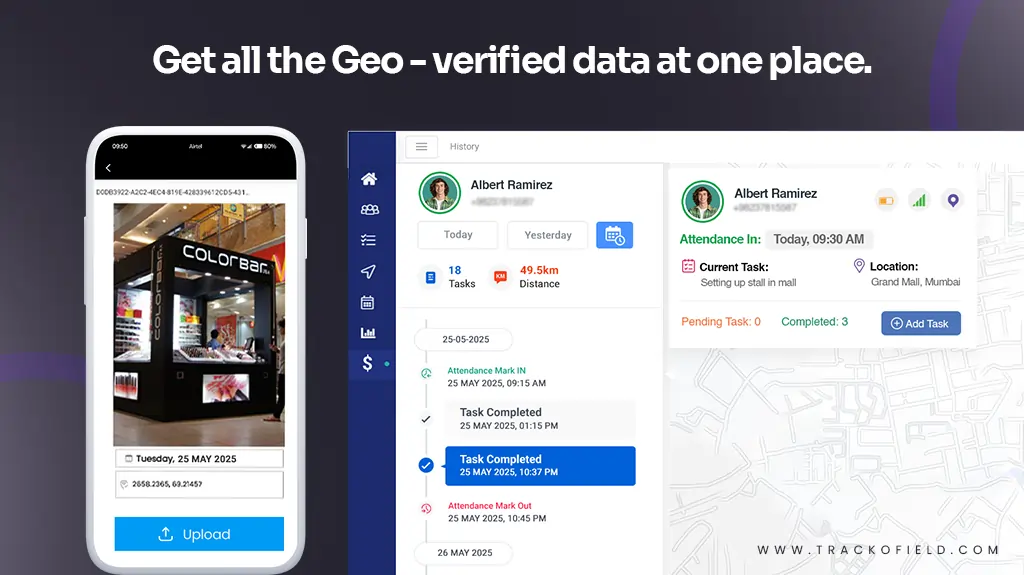
TrackoField centralises and verifies data
Q9. Is attendance captured through geo-fencing or location-based check-ins?
Because there’s a big difference. Manual check-ins or loosely tracked attendance can be easily bypassed — and that leaves a lot of room for error (or manipulation).
Geo-fenced attendance, on the other hand, makes sure your promoters are exactly where they need to be — on time, on location, and actually on task. It brings in a layer of reliability that spreadsheets and timestamps simply can’t. If you’re curious how it works in action, this breakdown of geo-fencing attendance systems explains it all.
Q10. Is there a system to verify whether each promoter is actually executing their assigned task?
Being present isn’t enough. Without task-level tracking with the field employee task management software you can’t measure performance. Verification systems ensure effort matches output.
Q11. Can your current system offer real-time visibility of all ongoing activations?
Delayed updates limit control. Real-time visibility helps BTL activation managers monitor every promoter, task, and city — and resolve issues instantly, not after damage is done.
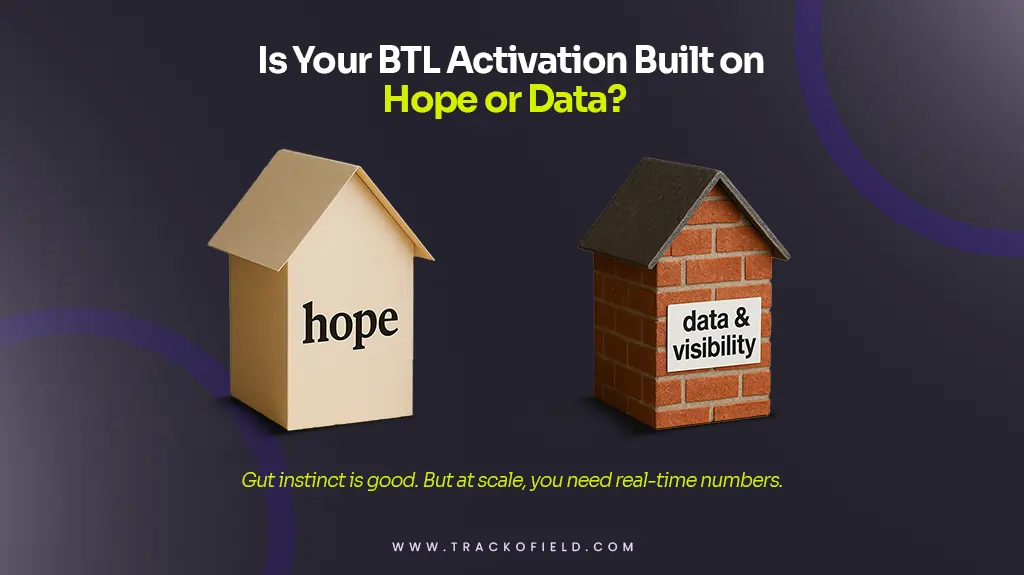
Executing BTL activations on basis of data increases chances of success
Q12. Do you have automated alerts for skipped tasks, delays, or deviations?
Campaigns move fast, and you can’t manually catch everything. Alerts help spot problems early, take quick action, and prevent larger execution gaps.
Q13. Is your performance data integrated — or spread across WhatsApp, Excel, and random reports?
Scattered data causes blind spots. Centralised analytical dashboards in field force automation software save time, improve analysis, and make executive reporting seamless and accurate.
Q14. Are you tracking real ROI metrics — not just footfall?
Are you tracking real ROI metrics — or just counting footfall and calling it success? Because footfall alone can be a bit of a vanity metric. What really matters is how many leads were captured, how well tasks were executed, the quality of engagement, and whether those interactions actually converted.
That is why it’s important to track and maximise BTL ROI the right way instead of relying on surface numbers.
Q15. Is reporting automated or still being stitched manually?
Manual reports take time, delay decisions, and often miss red flags. Automated reporting gives you clean, consistent updates with zero follow-ups.
Q16. What’s your backup plan if 30% of promoters don’t show up?
No-shows are common in BTL. Having a backup plan with present BTL activation promoters will help avoid delays in activations and ensure there is no disruption in the schedule.
But by having field force management software you can assess who is available on duty or taken PTO. It gives you enough scope to flexibly change their shift or assign their tasks to other promoters.
Q17. Can you replace a no-show or underperformer the same day?
Any delay in replacing inactive agents will without a doubt impact reach and outcomes. It also adds to you unverified BTL expenses. With a live roster and performance alerts via field force tracking software, same-day replacement is possible — and essential.
Q18. Will you review field data within a few hours of wrap-up?
If analysis takes weeks, insights lose relevance. Reviewing BTL activation data within 48 hours helps you optimise follow-ups, improve future campaigns, and close loops faster.
Q19. Are you collecting field feedback from the promoters?
Are you collecting field feedback from your promoters — the ones actually living the campaign on the ground? Because they often notice small things that you otherwise wouldn’t notice. From setup delays to audience reactions, their input can highlight what’s working and what’s quietly falling apart.
Acting on that feedback helps you improve execution, fix broken processes, and avoid repeating the same mistakes. It’s also why more brands are choosing to automate field surveys as part of their BTL activations — making feedback collection faster, more consistent, and way easier to act on.
Q20. Do you debrief vendors to capture what worked and what didn’t?
Skipping debriefs means repeating mistakes. A structured review with vendors builds accountability and strengthens future campaign execution.
Conclusion
There’s no thrill of pulling off a great BTL activation. But let’s be honest — they’re messy, fast, and full of moving parts.
Asking the right questions before you begin is a smart move.
And if your answers left you more nervous than confident — that’s your cue to automate, simplify, and gain control.
Because great campaigns aren’t built on guesswork. They’re built with visibility, proof, and data — all in real time.
Tithi Agarwal is an established content marketing specialist with years of experience in Telematics and the SaaS domain. With a strong background in literature and industrial expertise in technical wr... Read More
Related Blogs
-
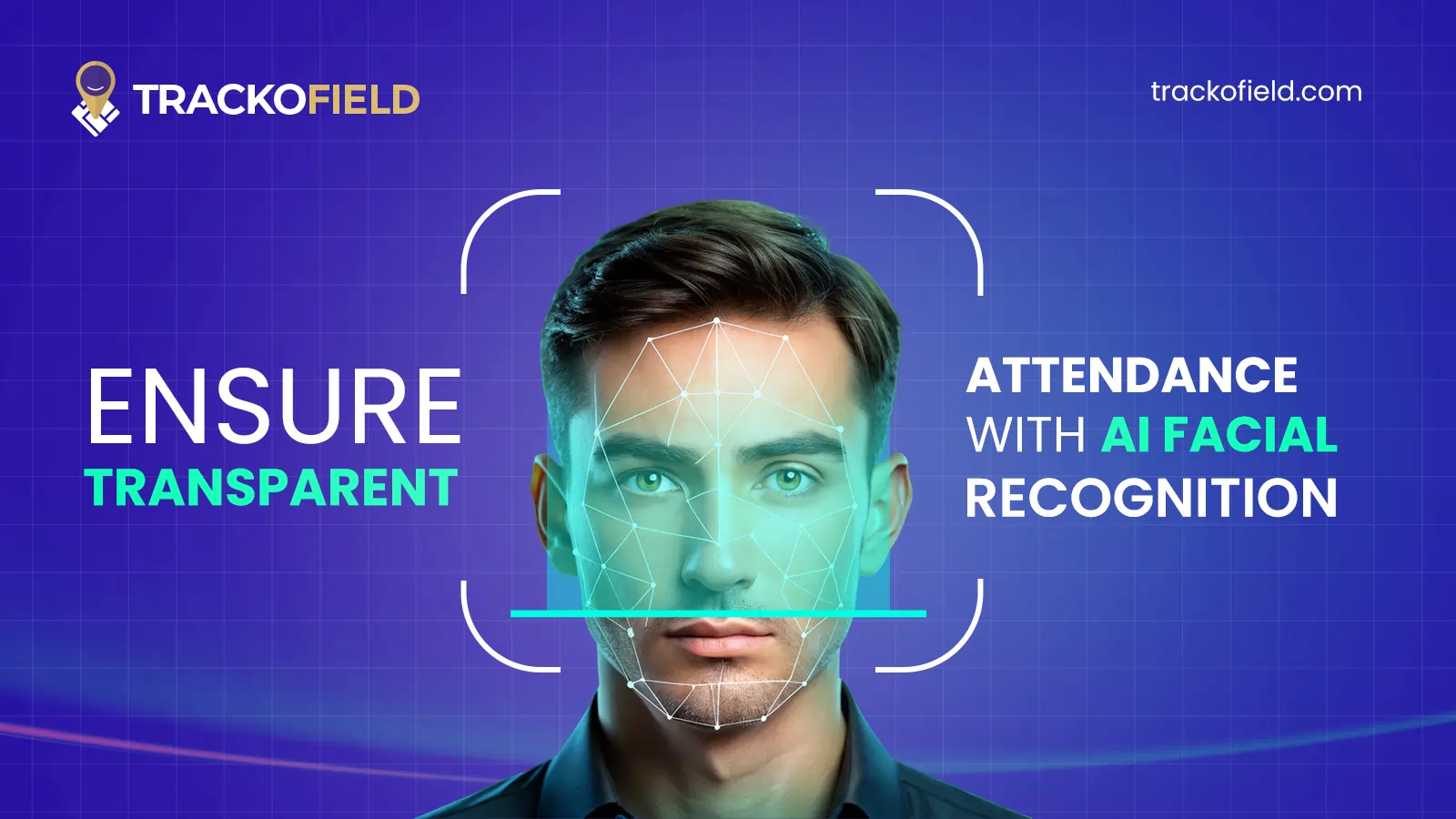
AI Facial Recognition Attendance: A Game-Changer for Fraud-Free Field Operations
Mudit Chhikara December 9, 2025Ensure transparent attendance and eliminate fraud before it even starts with AI facial recognition and geofencing.
-
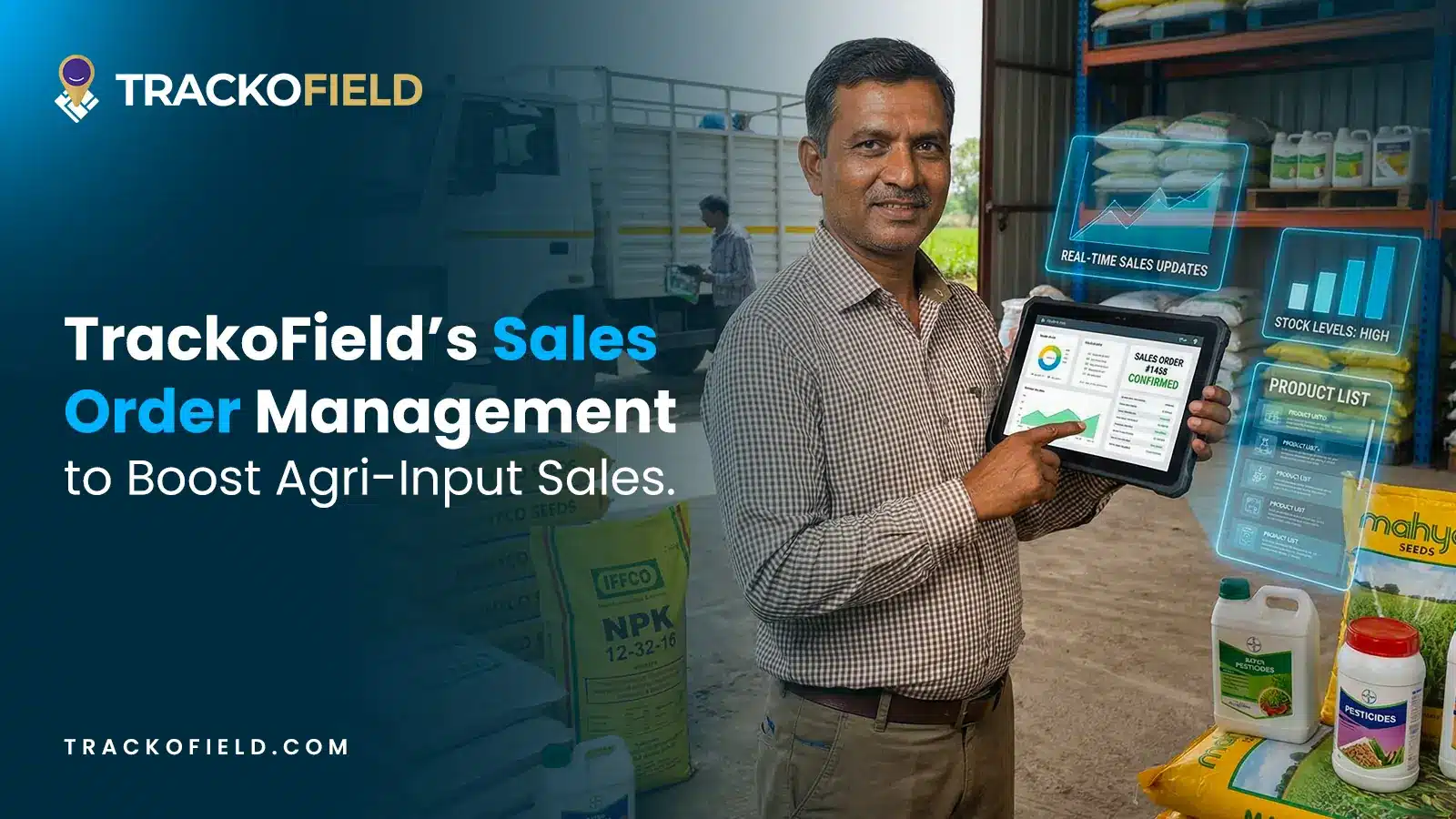
Boost Agri-Input Sales Efficiency with TrackoField’s Sales Order Management Module
Shemanti Ghosh December 3, 2025Grow Agri-input sales and expand farmer database with TrackoField’s Sales Order Management module.
-
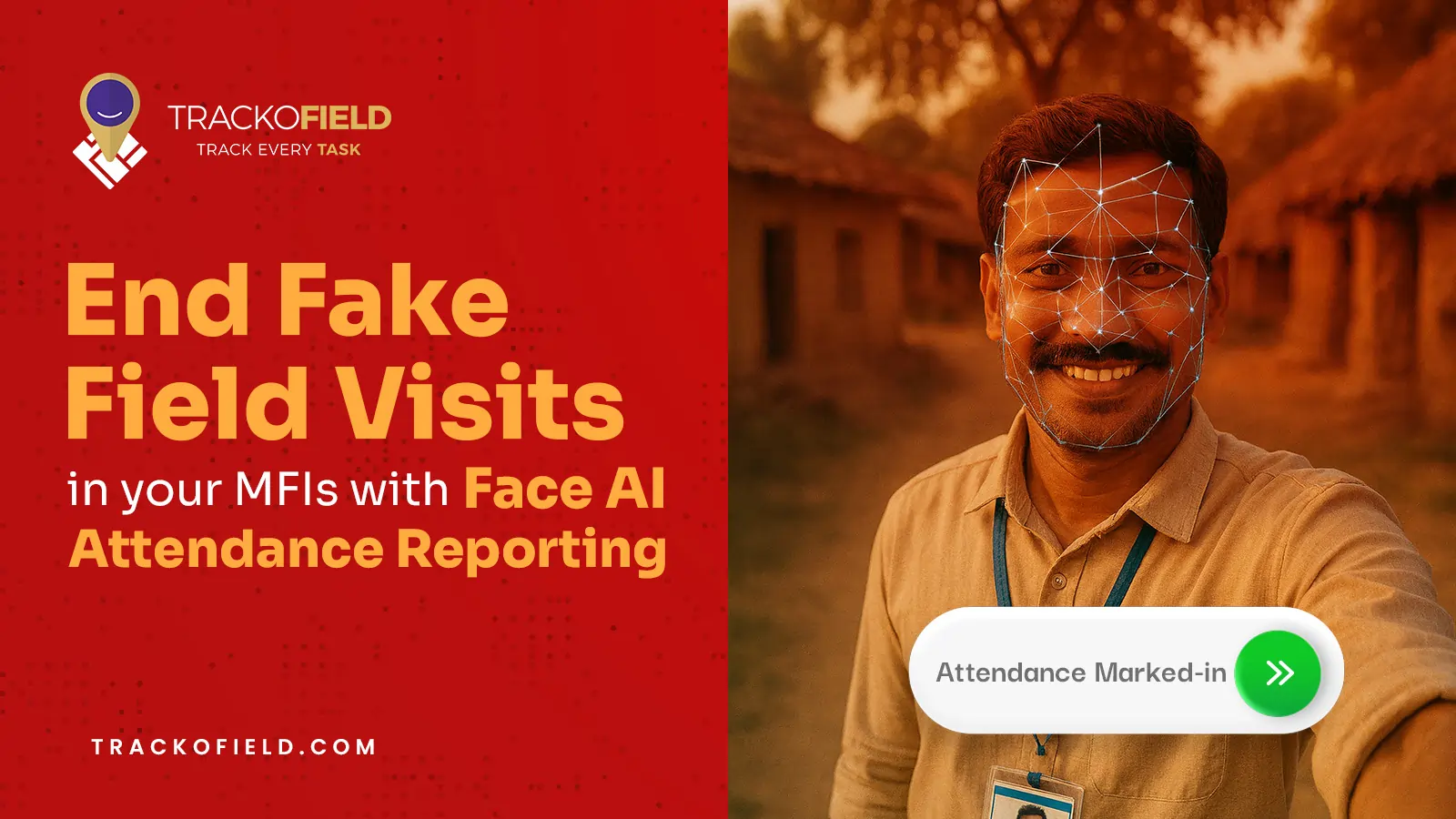
Tired of Fake Field Visits in your MFIs? Face AI Attendance Can Help
Mudit Chhikara November 5, 2025How Face AI Attendance can help end fake field visits in MFIs for good.
-
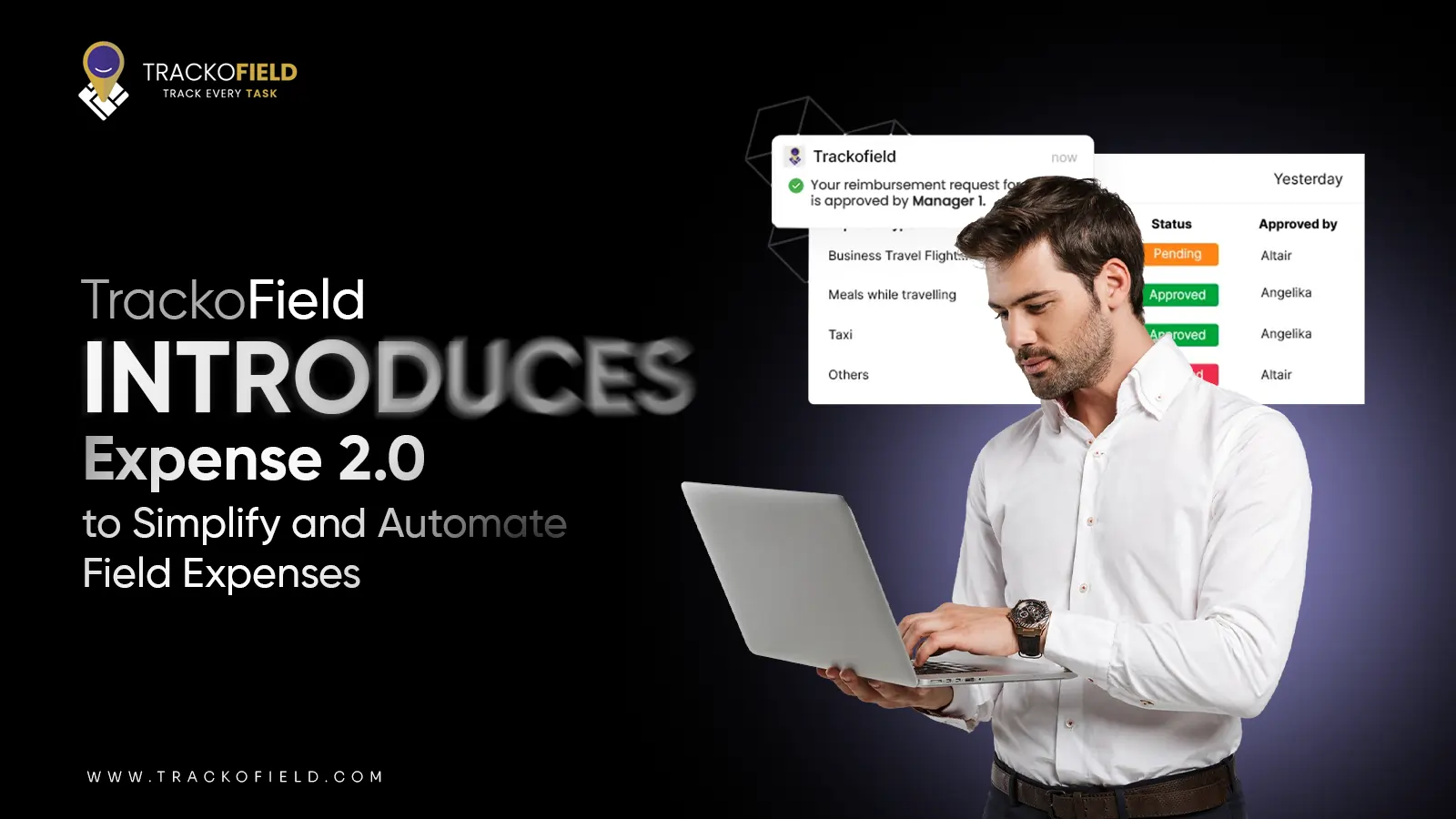
Introducing Expense 2.0: Unified and Smarter Employee Expense Management
Mudit Chhikara October 31, 2025Simplify expense reporting for faster, easier reimbursements with TrackoField’s Expense 2.0 module.

Subscribe for weekly strategies to boost field team productivity.
Your inbox awaits a welcome email. Stay tuned for the latest blog updates & expert insights.
"While you're here, dive into some more reads or grab quick bites from our social platforms!"Stay Updated on tech, telematics and mobility. Don't miss out on the latest in the industry.
We use cookies to enhance and personalize your browsing experience. By continuing to use our website, you agree to our Privacy Policy.
































